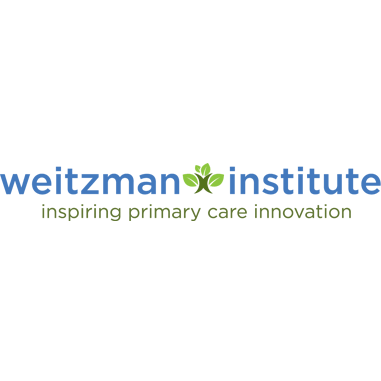Author: Darius Parakh
July 2023 marked a dark milestone for communities across America. On July 17th, a shooting in Hampton, Georgia, which left four dead and two injured, became the 30th mass shooting recorded this year. Hampton’s mass shooting reflects a disturbing trend, with the number of mass shootings up by 15% since the beginning of the pandemic and homicides rising by 34% to levels not seen in decades. Across the nation, in cities large and small, abuse and assault rates have seen similar increases, leading to what has been named an “epidemic of violence.”
It is the marginalized communities of America that are disproportionately burdened by this epidemic. According to the Center for Disease Control, homicide is the leading cause of death in young Black men, the second leading cause of death in young Hispanic men, and the third leading cause of death in young Indigenous men. Women of color are three times more likely than white women to be killed as a result of domestic violence. Sexual and gender minorities have also seen similarly high rates of violence, with those identifying as lesbian, gay, or transgender being nearly twice as likely to be a survivor of violence as those identifying as heterosexual or cisgender.
Beginning in the 1980s, state and federal governments started responding to community violence by escalating the use of the carceral system. A rise in “tough on crime” rhetoric brought with it new mandatory minimum sentences, three-strikes laws, and expanded police funding. Four decades and hundreds of billions of dollars later, the Department of Justice now admits that mass incarceration has had little-to-no-effect on preventing violence. On the contrary, studies have found that long-term incarceration only leads to further violence. Furthermore, the reliance on the justice system provides no long-term support for community violence survivors, many of whom suffer from their traumatic experiences for years to come.
Community Violence and Health Outcomes
When addressing the violence epidemic, it is important to begin by understanding that the scars left on survivors are not always visible. Survivors will commonly develop complex post-traumatic stress disorder (C-PTSD), which in turn can lead to depression, anxiety, and self-harm. The simple exposure to violence can also cause many secondary physical and mental health conditions. For communities with high rates of community violence, sustained exposure to stress poses a risk for gastrointestinal, neurological, and cardiovascular diseases. Children exposed to violence at a young age — what is commonly called an ‘Adverse Childhood Experience’ — may go on to suffer from similar physical, mental health, and substance abuse disorders. Perhaps most critically, violence begets violence; community members exposed to violence at a young age are more likely to respond with violence later in life.
Community violence’s unique ability to impact such a wide range of societal and individual functions is what makes the epidemic of violence one of the most pressing issues facing our nation. For decades, policy leaders have approached community violence with a purely carceral lens; it is time to recognize the intersectionality at the heart of community violence. These are health issues — and should be addressed as such.
Recommendations
Considering the Primary Care Physician
In the realm of healthcare, there are few positions more vital than that of the primary care physician (PCP). By most estimates, the average PCP working in the United States sees between 2,250 to 2,500 patients per year. PCPs commonly serve as a patient’s first step into the healthcare system, providing prescriptions or referrals to specialists. Over two given years, any patient within the United States — regardless of their insurance status — will likely visit a PCP at least once. Over time, this builds a “physician-patient relationship,” in which patients and doctors form a bond of trust. Studies have shown that an established physician-patient relationship can reduce mortality rates and lead to better health outcomes. When addressing community-based harm, PCPs hold a potentially important — and often overlooked — role in combating the epidemic. For community leaders looking to prevent community violence, PCPs could serve as a social catalyst for change.
Primary Care Physicians: Prescribing a New Type of Medicine
In recent years, community-based organizations, governments, and nonprofits have focused their efforts further upstream, providing critical early interventions to at-risk communities. In an effort to connect with more members of their community, some organizations have partnered with local PCPs to recognize and provide early interventions to at-risk patients. Many of these interventions seek to connect community members with support groups and mentorship programs. An early study of interventions offered to intimate partner violence survivors yielded positive results, with PCP-prescribed interventions helping mitigate depressive symptoms in patients. A similar approach should be taken when responding to community violence. To effectively combat harm, PCPs should be well-informed in local community-based intervention programs. Furthermore, PCPs should be trained to screen for the warning signs of community violence in patients, and then direct patients to intervention programs.
Community Support for Interventions
For community-leaders aiming to help their communities, increased funding should be allocated for these community-based interventions. Community violence intervention programs are rarely funded to the necessary degree, and recent attempts at federal funding have fallen short. Most notably, federal legislation aimed at providing hundreds of millions of dollars for community-based interventions has routinely failed to gain ground in Congress. Regardless of the state of federal legislation, local communities should aim to fund intervention programs, thereby taking an important step towards preventing community violence.

